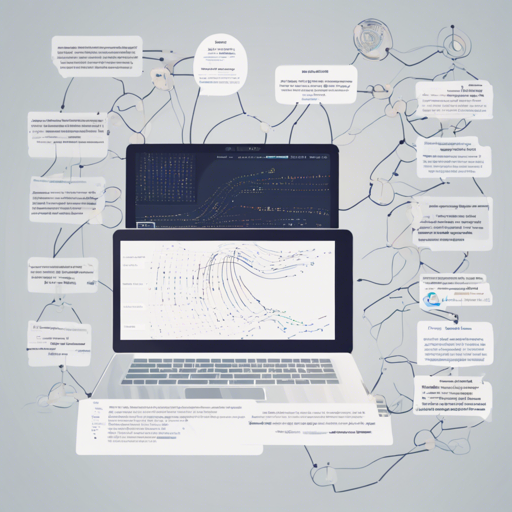In this guide, we’ll walk through the process of fine-tuning a speech recognition model called xtreme_s_xlsr_300m_minds14. This model is based on the facebook/wav2vec2-xls-r-300m and has been trained on the GOOGLEXTREME_S – MINDS14.ALL dataset. With impressive accuracy and F1 scores across various languages, it is a valuable tool for your AI projects.
Understanding the Model’s Performance
The model provides several metrics that illustrate its performance on different languages. Imagine you are a coach assessing players in a football match; you would want to see who scored the most goals, how many assists they made, or where they tripped on the field. The model performance metrics function similarly—providing a comprehensive view of how well the model performs in different scenarios. Here’s a breakdown of its results:
- Overall Accuracy: 90.33%
- F1 Score: 90.15%
- Loss: 0.4119 (lower is better)
Each language has specific accuracy and F1 scores, just like football players have unique statistics. For example, the accuracy for German (De-de) is an impressive 94.77%, whereas for Chinese (Zh-cn), it dips to 72.91%.
Training the Model: A Step-by-Step Approach
To successfully fine-tune the model, you need to follow certain steps and configurations. Here’s a simple analogy: imagine you’re baking a cake; you have to mix ingredients (data), set the oven temperature (hyperparameters), and check for doneness (validation) before serving.
Required Hyperparameters
- Learning Rate: 0.0003
- Train Batch Size: 32
- Eval Batch Size: 8
- Seed: 42
- Distributed Type: Multi-GPU
- Num Devices: 2
- Optimizer: Adam (betas=(0.9,0.999), epsilon=1e-08)
- Number of Epochs: 50
These hyperparameters are like your baking instructions—adjusting them can change the outcome of your cake (model). Pay close attention to each metric’s implications on performance.
Monitoring Training Performance
As you train your model, it’s essential to monitor validation loss and accuracy at each epoch. Here’s a quick summary to follow:
Epoch Validation Loss F1 Accuracy
1 2.5687 0.0430 0.1190
2 1.6052 0.5550 0.5692
...
50 0.3826 0.9106 0.9103
Just like tasting your cake at intervals to ensure it’s rising perfectly, checking these metrics will help catch issues early on, allowing for adjustments as necessary.
Troubleshooting Tips
Even with the best recipe, things can go awry. Here are some troubleshooting tips if you run into issues:
- If the model’s accuracy is not improving, consider adjusting the learning rate or increasing the number of epochs.
- Inconsistent metrics across epochs could indicate overfitting; try regularizing your model or utilizing dropout techniques.
- Out-of-memory errors may arise when training; manage your batch sizes or reset GPU memory.
For more insights, updates, or to collaborate on AI development projects, stay connected with fxis.ai.
Final Thoughts
Fine-tuning AI models can be daunting, but by understanding metrics, monitoring performance, and adhering to best practices, you can effectively optimize your model. At fxis.ai, we believe that such advancements are crucial for the future of AI, as they enable more comprehensive and effective solutions. Our team is continually exploring new methodologies to push the envelope in artificial intelligence, ensuring that our clients benefit from the latest technological innovations.

